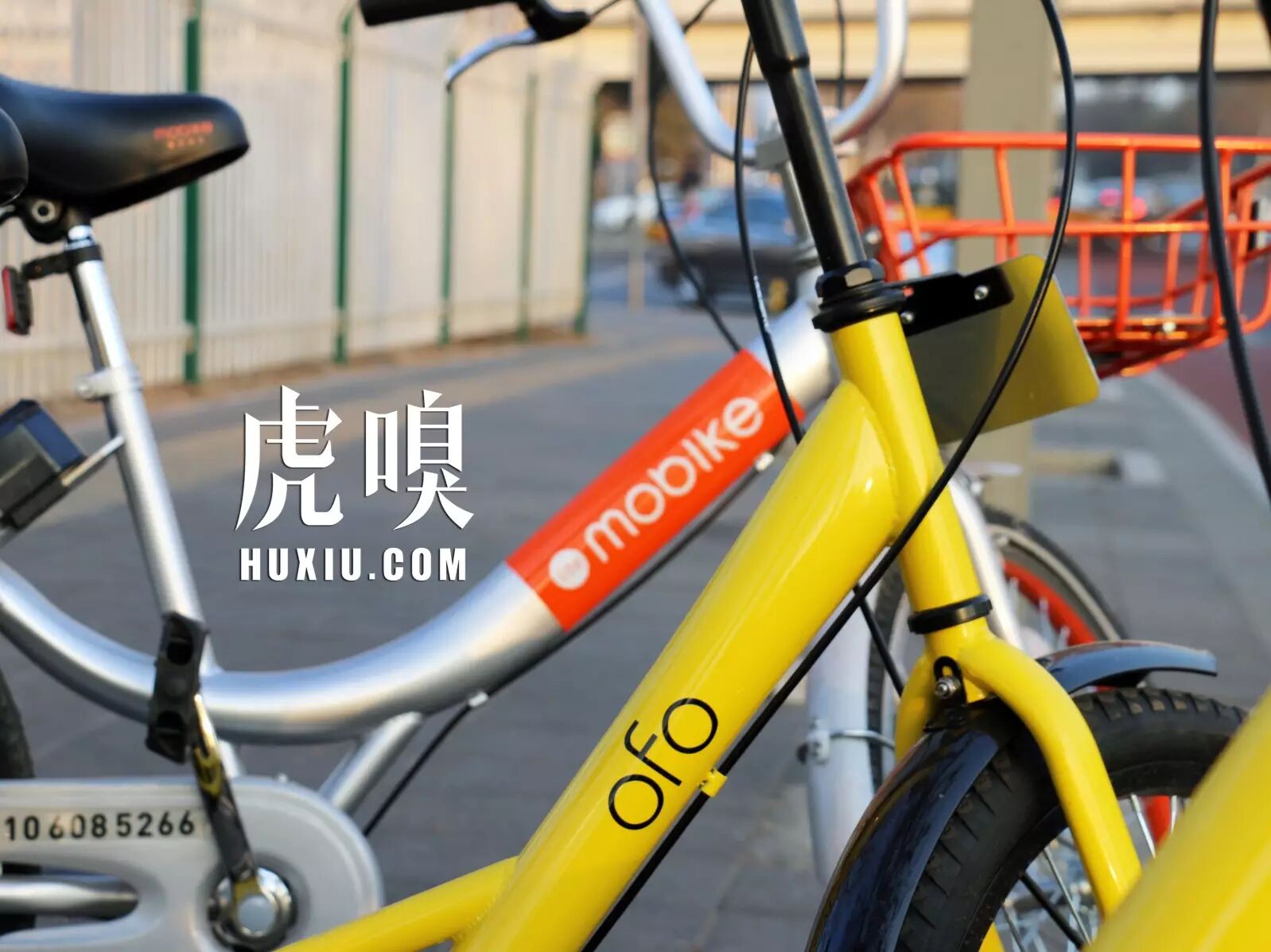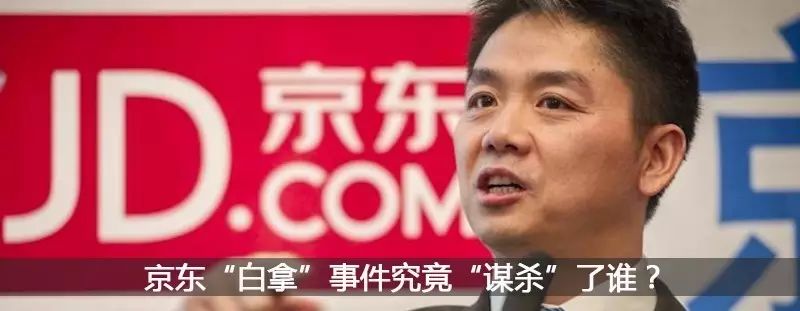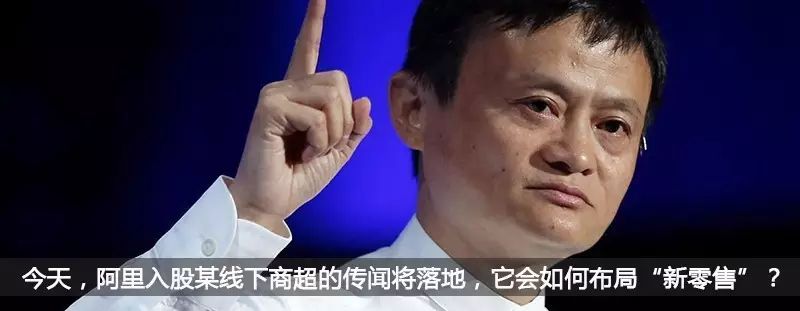 On February 22, 2017, Ofo, China Telecom, and Huawei held a joint press conference, announcing that Ofo’s bicycle products would officially adopt the narrowband IoT solutions provided by Huawei, while China Telecom would provide network coverage. With communication technology giving shared bicycles wings, can they soar high? Huawei’s IoT Ecosystem
On February 22, 2017, Ofo, China Telecom, and Huawei held a joint press conference, announcing that Ofo’s bicycle products would officially adopt the narrowband IoT solutions provided by Huawei, while China Telecom would provide network coverage. With communication technology giving shared bicycles wings, can they soar high? Huawei’s IoT Ecosystem Let’s start from the ground up. When it comes to IoT, underlying technology vendors are primarily focused on building a circular ecosystem. Similar to the “ring within a ring” city in the movie “The Promise”, these vendors are responsible for establishing the center of the ring and then customizing solutions through general technology to spread the applications of OT vendors outward. Whether it’s Huawei, Qualcomm, or Intel, these communication giants are using similar layouts to establish their own non-closed-loop IoT ecosystems. The most crucial element of this ecosystem is data, which leads us to easily infer Huawei’s intentions: the shared economy’s low transaction value and its close-to-life business model can provide a wealth of data. This data can accelerate Huawei’s research and development progress in communication technology, particularly in 5G. With China’s vast economy and a massive number of mobile internet users, if Huawei can establish a stronghold in 5G early and commercialize it in China, it could capture a significant market. However, having the equipment and operations alone is not enough; Ofo also needs a “monthly subscription card”. Telecom is Mr. Key
Let’s start from the ground up. When it comes to IoT, underlying technology vendors are primarily focused on building a circular ecosystem. Similar to the “ring within a ring” city in the movie “The Promise”, these vendors are responsible for establishing the center of the ring and then customizing solutions through general technology to spread the applications of OT vendors outward. Whether it’s Huawei, Qualcomm, or Intel, these communication giants are using similar layouts to establish their own non-closed-loop IoT ecosystems. The most crucial element of this ecosystem is data, which leads us to easily infer Huawei’s intentions: the shared economy’s low transaction value and its close-to-life business model can provide a wealth of data. This data can accelerate Huawei’s research and development progress in communication technology, particularly in 5G. With China’s vast economy and a massive number of mobile internet users, if Huawei can establish a stronghold in 5G early and commercialize it in China, it could capture a significant market. However, having the equipment and operations alone is not enough; Ofo also needs a “monthly subscription card”. Telecom is Mr. Key Even after adopting narrowband technology, the information costs generated by the smart locks of shared bicycles remain high. Current narrowband technology solutions struggle to achieve edge processing, and even if they could, they would not be feasible for widely used products like shared bicycles. Therefore, it can be easily inferred that the shared bicycles equipped with narrowband chips will incur substantial communication costs upon deployment, making China Telecom’s enterprise data package services particularly important. With low transaction values, operational costs become crucial. Although Ofo has not disclosed specific figures, it is likely that China Telecom has provided a substantial data package to Ofo to support the additional operational costs brought about by technological upgrades. In a sense, Ofo has reduced operational costs. After adopting narrowband technology, even if data usage increases, it becomes more secure, at least preventing situations where young children can unlock bicycles with a single button. Additionally, higher positioning accuracy makes it less likely for bicycles to go missing. Can Ofo truly soar high?
Even after adopting narrowband technology, the information costs generated by the smart locks of shared bicycles remain high. Current narrowband technology solutions struggle to achieve edge processing, and even if they could, they would not be feasible for widely used products like shared bicycles. Therefore, it can be easily inferred that the shared bicycles equipped with narrowband chips will incur substantial communication costs upon deployment, making China Telecom’s enterprise data package services particularly important. With low transaction values, operational costs become crucial. Although Ofo has not disclosed specific figures, it is likely that China Telecom has provided a substantial data package to Ofo to support the additional operational costs brought about by technological upgrades. In a sense, Ofo has reduced operational costs. After adopting narrowband technology, even if data usage increases, it becomes more secure, at least preventing situations where young children can unlock bicycles with a single button. Additionally, higher positioning accuracy makes it less likely for bicycles to go missing. Can Ofo truly soar high?  The collaboration between Ofo, Huawei, and Telecom is not new. On December 15, 2016, Mobike announced a partnership with Ericsson and China Mobile. Therefore, I prefer to view this press conference as a necessary step for Ofo. Previously, the slow unlocking of smart locks led to poor user experience, so improving product quality is the obligation and responsibility of the manufacturer. We can understand this by looking at Tesla: Tesla’s batteries cannot be used at 100% capacity for safety reasons; the system only allows users to utilize a portion of it. As system stability updates occur, users can access more power. Naturally, consumers are unhappy and dissatisfied with Tesla’s practice of selling “half-finished products”. In 2017, we are in the era of cloud computing; if manufacturers do not enhance their products’ intelligence and connectivity, I can only say they are falling behind the times. Thus, it is not about giving wings but rather healing the previous ailments. Furthermore, the narrowband chips provided by Huawei are not cutting-edge technology; these functionalities were already common knowledge in 2016. Now, let’s address another issue: can a new lock solve problems like physical tampering, modification, or theft? Thieves might simply say to Ofo: “I still recognize you, even with a new disguise!” The shared economy itself is a mirror that reflects the true increase in operational costs, which is primarily due to the public. This issue does not require extensive explanation; a simple online search reveals numerous photos of shared bicycles that have been modified, stolen, or discarded. Ofo is undoubtedly more aware of this problem than we are; how much time do they have left? Returning to the new smart lock, does changing locks incur costs? Even if a city has ten thousand shared bicycles, the workload is already quite staggering. What is the cost of this? Will they need to change them again after a while? The smart locks use solar charging; what is the current efficiency and maximum capacity of solar charging? How far can they support travel? The IoT market is worth $12 trillion, and it will undoubtedly be the mainstream in the future. However, the integration of IoT cannot be the reason for Ofo’s rise; the shared economy should prioritize considerations beyond just channel technology.
The collaboration between Ofo, Huawei, and Telecom is not new. On December 15, 2016, Mobike announced a partnership with Ericsson and China Mobile. Therefore, I prefer to view this press conference as a necessary step for Ofo. Previously, the slow unlocking of smart locks led to poor user experience, so improving product quality is the obligation and responsibility of the manufacturer. We can understand this by looking at Tesla: Tesla’s batteries cannot be used at 100% capacity for safety reasons; the system only allows users to utilize a portion of it. As system stability updates occur, users can access more power. Naturally, consumers are unhappy and dissatisfied with Tesla’s practice of selling “half-finished products”. In 2017, we are in the era of cloud computing; if manufacturers do not enhance their products’ intelligence and connectivity, I can only say they are falling behind the times. Thus, it is not about giving wings but rather healing the previous ailments. Furthermore, the narrowband chips provided by Huawei are not cutting-edge technology; these functionalities were already common knowledge in 2016. Now, let’s address another issue: can a new lock solve problems like physical tampering, modification, or theft? Thieves might simply say to Ofo: “I still recognize you, even with a new disguise!” The shared economy itself is a mirror that reflects the true increase in operational costs, which is primarily due to the public. This issue does not require extensive explanation; a simple online search reveals numerous photos of shared bicycles that have been modified, stolen, or discarded. Ofo is undoubtedly more aware of this problem than we are; how much time do they have left? Returning to the new smart lock, does changing locks incur costs? Even if a city has ten thousand shared bicycles, the workload is already quite staggering. What is the cost of this? Will they need to change them again after a while? The smart locks use solar charging; what is the current efficiency and maximum capacity of solar charging? How far can they support travel? The IoT market is worth $12 trillion, and it will undoubtedly be the mainstream in the future. However, the integration of IoT cannot be the reason for Ofo’s rise; the shared economy should prioritize considerations beyond just channel technology.




